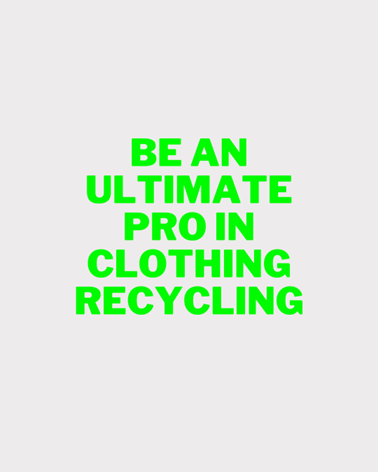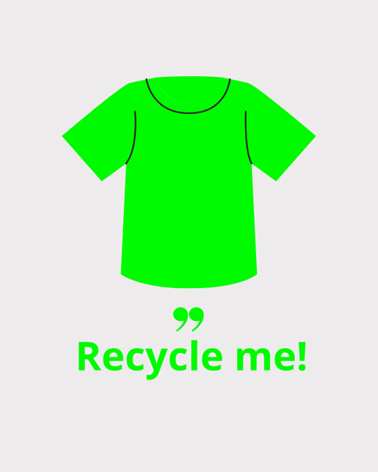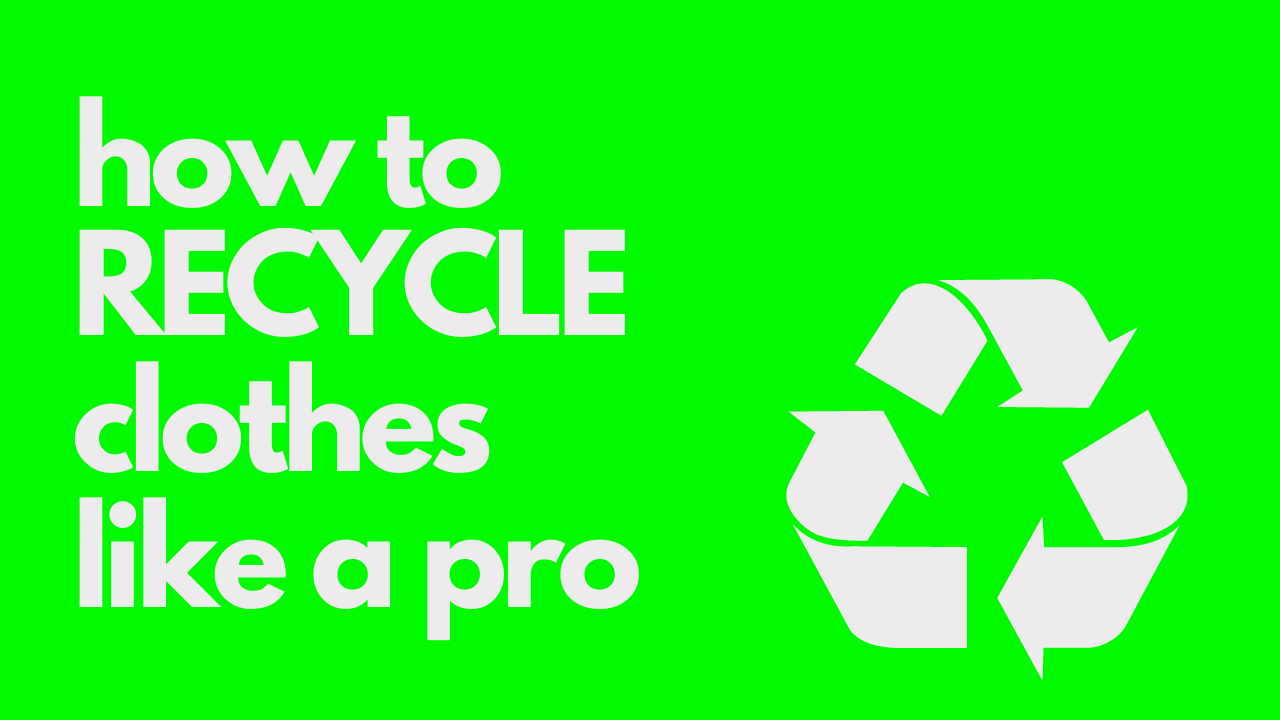
The garments that occupy our wardrobes are a ubiquitous aspect of modern life.
The plethora of clothing items that we accumulate over time can be attributed to a variety of factors, including changing fashion trends, personal preferences, and societal norms.
The accumulation of clothing can lead to issues such as clutter and waste, as well as environmental concerns related to the production and disposal of textiles.
It is important to consider the impact of our clothing consumption and to make conscious choices in order to reduce our environmental footprint and promote sustainable practices in the fashion industry.
Clothing recycling for the rescue

Recycling clothes is a crucial practice that individuals should adopt to reduce the negative impact of textile waste on the environment.
The fashion industry is one of the largest polluters globally, and the disposal of clothes in landfills contributes to greenhouse gas emissions.
Recycling clothes can help to conserve natural resources, reduce energy consumption, and minimize the amount of waste that ends up in landfills. Additionally, donating or selling used clothes can benefit those in need and promote sustainable fashion practices.
Therefore, it is imperative that individuals recognize the importance of recycling clothes and take action to reduce their environmental footprint.
Step-by-step guide: Everything you need to know about clothing recycling

Step ONE: Sort through your wardrobe
Going through your closet will help you find any clothing items that can no longer be worn owing to deterioration, size changes, or changes in personal style. Make sure to separate everything into 4 main piles: keep, donate, sell and recycle.
Step TWO: Determine the fabric type
Identifying the fabric type is crucial in determining the appropriate method of recycling.
Different materials require different processes, and not all fabrics are recyclable.
For instance, natural fibers like cotton and wool can be recycled by breaking them down and remaking them into new textiles.
However, synthetic fabrics like polyester require a more complex process that involves melting the fibers and reforming them into new products.
Knowing the type of fabric allows for better recycling outcomes, reducing waste, and conserving our resources.
Step THREE: Prepare the fabric
Before recycling fabric, it is important to properly prepare and wash it.
First, remove any buttons, zippers, and decorations that may interfere with the recycling process.
Next, wash the fabric using a low-impact detergent, without fabric softeners or bleach.
Then, hang dry or air-dry the fabric, avoiding high heat that can damage the fibers.
Once dry, the fabric is ready to be recycled.
Step FOUR: Evaluate the Condition of the Fabric
Check the fabric for any damages or stains that cannot be washed away.
If the fabric is in good condition, proceed with recycling.
If it’s damaged, consider repurposing it into smaller items like dishcloths or patches before recycling.
Step FIVE: Choose the recycling option
Recycling fabric depends on the material type.
Natural fabrics such as cotton, wool, and silk can be recycled through local recycling programs or clothing collection bins.
Synthetic fabrics like polyester, nylon and spandex, however, should be recycled at specialized textile recycling facilities.
They need to be broken down chemically or mechanically to be reused or repurposed.
Step SIX: Donate or Exchange
Donate your gently used clothing items to thrift stores or charity organizations if they are still in good condition but no longer needed.
Clothing exchange events are another option to give away unwanted fabric and find new items for your wardrobe.
By doing so, you can help reduce waste and give back to your community.
Be Creative and Repurpose

There are countless ways to repurpose fabric creatively!
One idea is to make reusable cloth napkins or DIY cloth face masks.
You can also transform old t-shirts into tote bags, create patchwork quilts, or use scraps to make a braided or woven rug.
Don’t forget about sewing your own clothing or accessories, like a scarf or headband.
Another option is to donate your fabric to a local school or community center for art projects.
Get creative with your unused fabric and give it a second life!
#NEOTEXTILE #RECYCLING #TEXTILE #POLLUTION #ECO #ENVIRONMENT
